Reticulated Python
- December 15, 2023
- 0 comment
The Reticulated Python (Malayopython reticulatus) stands out as one of the most impressive snake species, captivating enthusiasts and herpetologists alike with its sheer size and distinctive markings. As the world’s longest snake, it holds a prominent place in the reptilian realm, reaching lengths of over 20 feet.
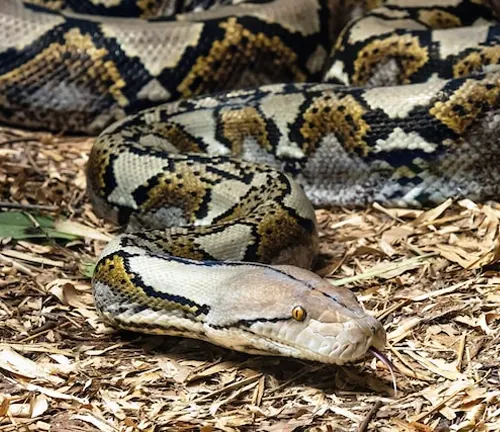
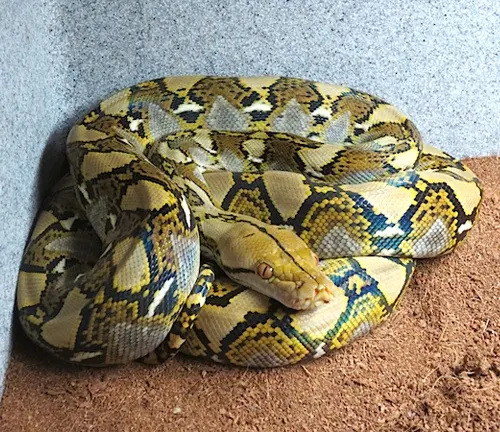
Found primarily in Southeast Asia, the reticulated python thrives in diverse habitats, ranging from rainforests to grasslands. Its name is derived from the intricate pattern of its scales, resembling a net or mesh, which aids in its camouflage within its natural surroundings. Possessing a powerful and agile body, this python is a skilled climber and swimmer, allowing it to navigate various terrains with ease.
Despite its imposing appearance, the reticulated python is generally non-aggressive towards humans unless provoked, making it a subject of fascination and, at times, controversy in the world of exotic pet keeping. With its awe-inspiring size, striking appearance, and remarkable adaptability, the reticulated python continues to be a captivating and iconic species in the realm of herpetology.
| Characteristic | Description |
|---|---|
| Scientific Name | Malayopython reticulatus |
| Length | Over 20 feet (6 meters) on average |
| Habitat | Southeast Asia, including rain forests and grasslands |
| Pattern | Intricate, net-like pattern on scales |
| Behaviour | Generally non-aggressive, but can be defensive when provoked |
| Adaptability | Skilled climber and swimmer |
| Reproduction | Oviparous (lays eggs) |
| Diet | Carnivorous, feeding on a variety of prey including mammals and birds |
| Conservation Status | Generally not threatened, but habitat destruction and illegal pet trade pose threats |
| Notable Features | World’s longest snake, impressive size, striking appearance |
Botanical Beauty of Reticulated Python
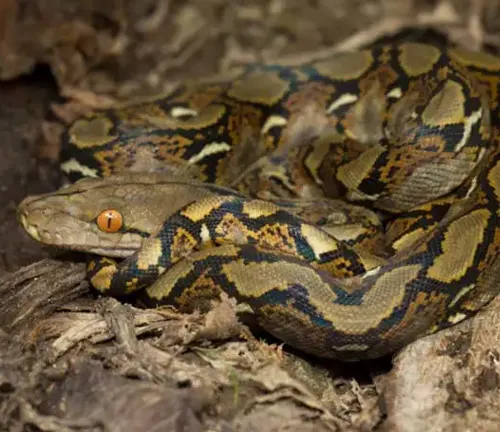
The Reticulated Python, scientifically known as Malayopython reticulatus, commands attention not just for its imposing size but also for the botanical beauty etched across its scales. The intricate, net-like pattern that adorns its skin is a mesmerizing example of nature’s artistry. Resembling a living tapestry, the python’s unique markings serve both practical and aesthetic purposes, aiding in camouflage within its natural habitat. This distinctive feature contributes to the snake’s allure, making it a subject of fascination among herpetology enthusiasts and admirers of the natural world.
Venomous or Not Venomous?
One of the persistent mysteries surrounding the Reticulated Python is its venomous nature, or rather the lack thereof. Unlike some of its venomous serpent counterparts, this giant snake relies on constriction as its primary method of subduing prey. Although it possesses formidable strength and a mouth full of sharp teeth, it lacks venom glands, debunking the myth of a venomous reticulated python. Understanding the nuances of its predatory strategies sheds light on the unique adaptations that have allowed this species to thrive in its diverse habitats.

Ecological Importance
The Reticulated Python plays a vital role in maintaining ecological balance in its native Southeast Asian habitats. As an apex predator, it helps control populations of various prey species, preventing overpopulation that could disrupt the delicate balance of local ecosystems. The python’s presence also contributes to nutrient cycling as it consumes a range of mammals and birds, acting as a natural regulator in the food chain.
Habitat and Behavior
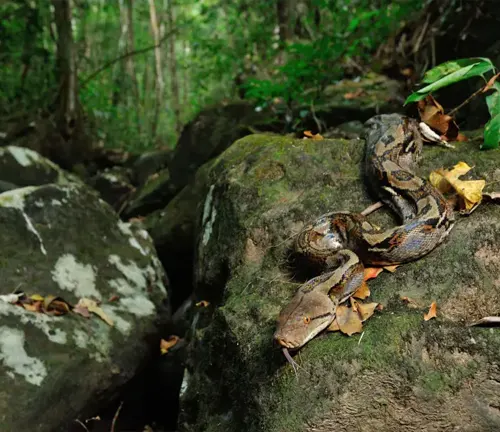
Adaptability is a hallmark of the Reticulated Python’s success. Thriving in environments ranging from lush rain forests to open grasslands, this snake displays impressive climbing and swimming abilities. Its behaviour, while generally non-aggressive towards humans, can turn defensive when provoked. Understanding the nuances of its behaviour is crucial for coexistence and conservation efforts.
Art and Culture
Beyond its ecological significance, the Reticulated Python has woven its way into the fabric of art and culture in Southeast Asia. In various indigenous communities, the python holds symbolic importance, often depicted in folklore, rituals, and traditional art forms. Understanding the cultural significance of this magnificent snake adds a layer of richness to its narrative, highlighting the deep connection between nature and human societies.
Survival
Survival in the wild poses numerous challenges for the Reticulated Python, including habitat loss due to human activities and the illegal pet trade. The ability of this species to navigate these threats is a testament to its resilience and adaptability. Conservation efforts must address these challenges to ensure the continued survival of this iconic snake.
Conservation
While the Reticulated Python is not currently listed as threatened, the ongoing destruction of its natural habitat and the illegal pet trade pose significant risks to its populations. Conservation initiatives must focus on preserving the python’s habitats, raising awareness about the importance of these magnificent creatures, and implementing measures to combat illegal wildlife trade.
Common Food
Carnivorous by nature, the Reticulated Python preys on a variety of animals, including mammals and birds. Its dietary habits contribute to the regulation of local fauna populations, highlighting its role as a crucial component of the ecosystem.

Benefits
Understanding the benefits of the Reticulated Python in its natural habitat goes beyond its role as an apex predator. The species contributes to biodiversity, influencing the distribution and behaviour of prey species and shaping the dynamics of the ecosystems it inhabits. Recognising these ecological benefits underscores the importance of conserving and protecting this remarkable snake.
Different Species
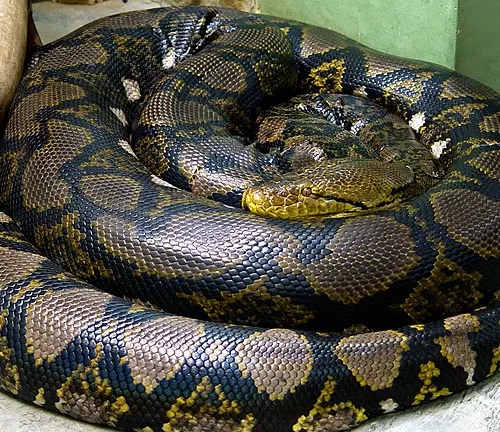
Malayopython reticulatus
(Reticulated Python)
The largest snake species and the one most commonly referred to as the Reticulated Python, known for its impressive size and distinctive pattern.
Python bivittatus
(Burmese Python)
Native to Southeast Asia, this python species is slightly smaller than the reticulated python and is known for its attractive coloration and patterns.

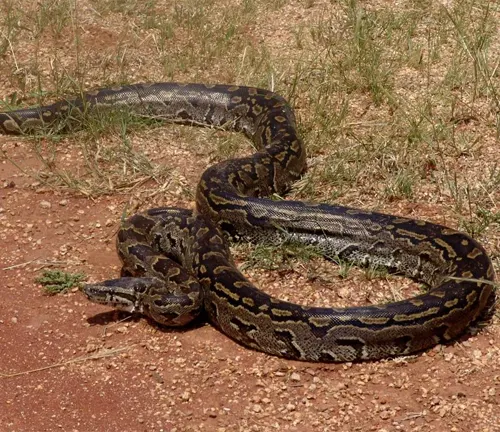
Python natalensis
(African Rock Python)
Found in sub-Saharan Africa, the African Rock Python is known for its robust build and is one of the largest snake species on the African continent.
Python molurus
(Indian Python)
Native to the Indian subcontinent, the Indian Python is another large python species with a more varied and less net-like pattern compared to the reticulated python.
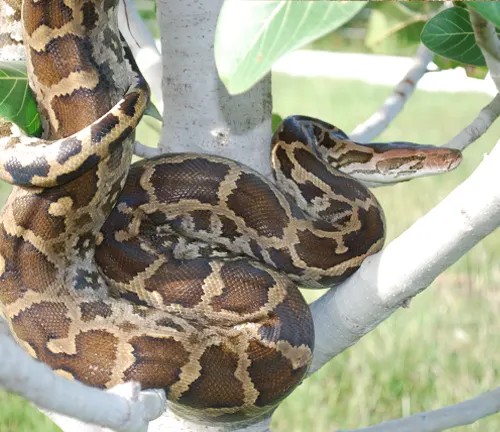
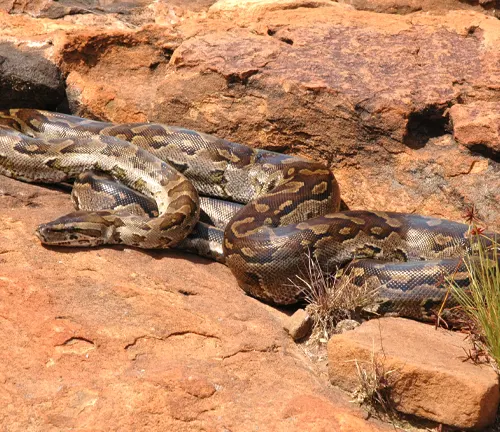
Python sebae (African Python): The African Python, or the African Rock Python, is a species native to sub-Saharan Africa and is known for its impressive size and distinctive coloration.
Frequently Asked Questions (FAQs)
1. What is a Reticulated Python?
The Reticulated Python (Malayopython reticulatus) is a species of python, known for being the world’s longest snake. It is native to Southeast Asia and is recognised for its intricate, net-like pattern on its scales.
2. How big do Reticulated Pythons get?
Reticulated Pythons can grow to impressive lengths, with some individuals exceeding 20 feet (6 meters). They are considered one of the largest snake species.
3. Are Reticulated Pythons venomous?
No, Reticulated Pythons are not venomous. They rely on constriction to subdue their prey, using their powerful bodies to wrap around and squeeze their victims.
4. What do Reticulated Pythons eat?
Reticulated Pythons are carnivorous and feed on a variety of prey, including mammals and birds. In the wild, they may consume animals such as deer, pigs, and birds.
5. Can Reticulated Pythons be kept as pets?
While some individuals keep Reticulated Pythons as pets, they require careful consideration due to their large size and specific habitat needs. Proper permits and expertise are often necessary.
6. How long do Reticulated Pythons live?
In the wild, Reticulated Pythons have an estimated lifespan of 15 to 20 years. In captivity, with proper care, they may live even longer.
7. Are Reticulated Pythons dangerous to humans?
Reticulated Pythons are generally not aggressive toward humans, but they can be defensive if they feel threatened. Cases of attacks on humans are rare, and they typically occur when the snake feels cornered or provoked.
8. What is the conservation status of Reticulated Pythons?
Reticulated Pythons are currently not listed as threatened, but habitat destruction and the illegal pet trade pose potential risks to their populations. Conservation efforts aim to address these challenges.
9. Do Reticulated Pythons have predators?
While they are apex predators in their ecosystems, young or smaller Reticulated Pythons may face threats from larger predators such as birds of prey, large mammals, or other snakes.
10. How do Reticulated Pythons reproduce?
Reticulated Pythons are oviparous, meaning they lay eggs. After laying a clutch of eggs, the female will coil around them to provide protection until they hatch.



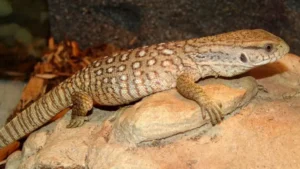
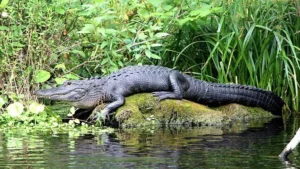
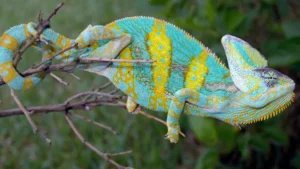

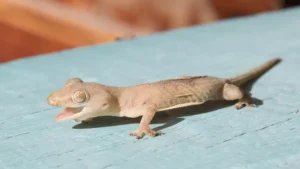

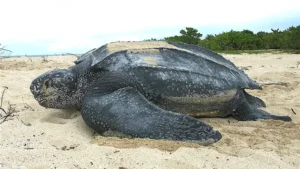




Leave your comment